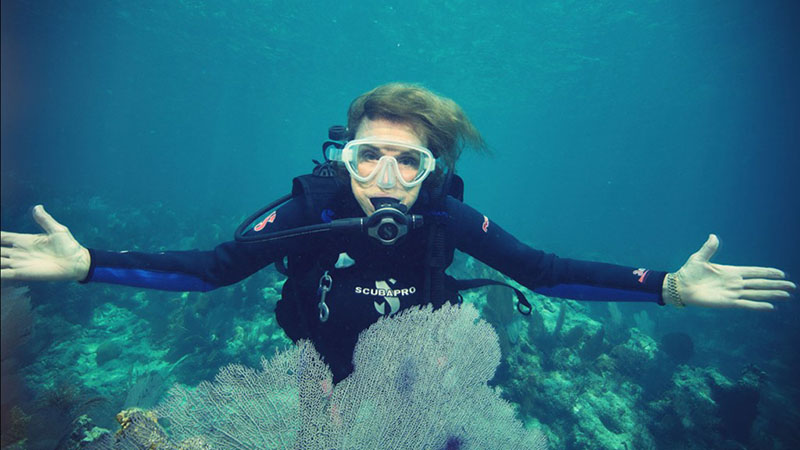World-renowned – and 80-year-old – oceanographer and explorer Dr. Sylvia Earle will lead two “Live Dive” expeditions this Saturday, May 21st to be broadcast to a Jumbo-tron on the National Mall in Washington DC, into schools in Ventura California, on explore.org, and our Facebook page. Catch them live at 10am and 12pm PT!
Survival at Sea: Sharks
Ever wonder what happens under the ocean during a hurricane or major oceanic storm? The people at the University of Miami would have a pretty good idea. During a hurricane, the rain and winds affect the temperature, salinity and level of the sea. In addition to all the rough tides, this can cause a lot
Survival at Sea: Crustaceans
If you’re a tiny crustacean in an intertidal zone (“the area that is above water at low tide and under water at high tide“), surviving the crashing waves is a matter of getting low, low, low. Crustaceans stick to their homes and avoid the tidal pull by attaching to rocks or burrowing under the sand when the high tide and
Sand Tiger Shark Facts
When hunting, they can “sense” prey, unseen, up to a foot away. Like most sharks, sand tigers are able to detect electrical signals emitted by potential prey in the water column or substrate with specialized electrosensory organs on the sides of their head and lower jaw called ampullae of Lorenzini that enable them to find
Salmon Aren’t the Only Ones
A new study shows that lemon sharks, like salmon, make the journey back to their own birthplace to give birth – – sometimes after as much as 15 years! There is also some evidence that they may mate with the same partner in multiple births. Click here to read the full story at National Geographic.



